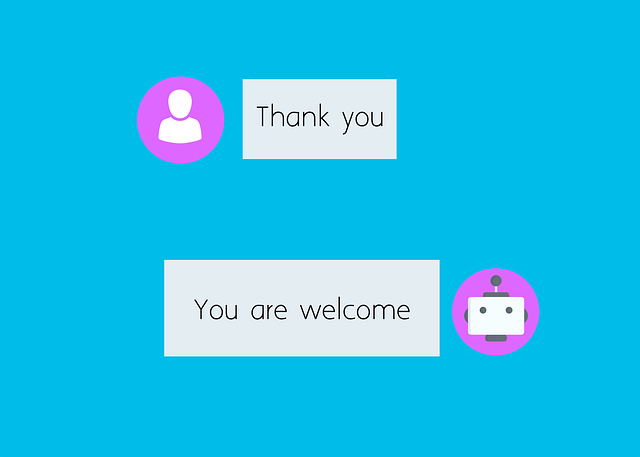AI chatbots and assistants are transforming customer service by providing personalized, efficient support through natural language processing (NLP). They offer 24/7 availability, task management, and tailored recommendations, enhancing user experiences and enabling businesses to scale while maintaining high satisfaction. As AI evolves, its role in shaping user journeys and delivering exceptional AI customer service will continue to grow.
In today’s digital landscape, creating personalized user journeys is vital for engaging and retaining customers. AI technology, particularly chatbots and assistants, is revolutionizing customer service by offering tailored interactions at scale. This article explores the rise of AI in shaping unique user experiences, from enhancing customer support with intelligent automation to designing step-by-step journeys that cater to individual preferences. We also delve into best practices for implementing AI customer service and highlight future trends that promise even more transformative personalized experiences.
- The Rise of AI Chatbots and Assistants in Customer Service
- – Exploring the capabilities of AI in personalized customer interactions
- – How AI chatbots and assistants enhance user experiences
The Rise of AI Chatbots and Assistants in Customer Service

The integration of AI chatbots and assistants into customer service has sparked a significant transformation in the way businesses interact with their clients. These advanced technologies are revolutionizing traditional support systems, offering personalized and efficient interactions. With natural language processing capabilities, AI chatbots can understand and respond to customer inquiries in real time, providing immediate assistance. They learn from each interaction, continually improving their performance and ensuring a seamless user experience.
AI assistants, often integrated into larger platforms, further enhance the customer service landscape. They can manage complex tasks, provide tailored recommendations, and offer 24/7 availability, allowing businesses to scale their support while maintaining high levels of satisfaction. As AI continues to evolve, its role in shaping user journeys and delivering exceptional customer service is set to become even more prominent.
– Exploring the capabilities of AI in personalized customer interactions

Artificial Intelligence (AI) has transformed the way businesses interact with their customers, offering unprecedented opportunities for personalization at scale. AI chatbots and assistants are no longer mere tools for basic customer service; they can now engage in complex conversations, understand individual needs, and deliver tailored experiences. Through natural language processing, machine learning, and advanced analytics, these AI solutions analyze vast amounts of customer data to predict preferences, anticipate issues, and provide contextually relevant responses.
Imagine a scenario where an AI customer service representative greets a user not just as a number but as a unique individual. This AI assistant could recall previous interactions, offer personalized recommendations, and even adapt its communication style based on the customer’s mood or preferences. Such level of customization enhances customer satisfaction, fosters loyalty, and ultimately drives business growth by creating memorable and meaningful connections between brands and their audiences.
– How AI chatbots and assistants enhance user experiences

AI chatbots and assistants are transforming user experiences by providing personalized interactions that cater to individual needs. These intelligent agents leverage natural language processing (NLP) and machine learning algorithms to understand user queries, offer tailored recommendations, and resolve issues swiftly. With their 24/7 availability and ability to handle multiple concurrent conversations, AI chatbots significantly enhance customer satisfaction.
By integrating AI into customer service, businesses can deliver efficient, effective, and engaging support. AI assistants can guide users through complex processes, answer frequently asked questions, and learn from each interaction to improve over time. This not only reduces response times but also allows human agents to focus on more complex tasks, ensuring a seamless blend of automated assistance and personalized touch in the user journey.
